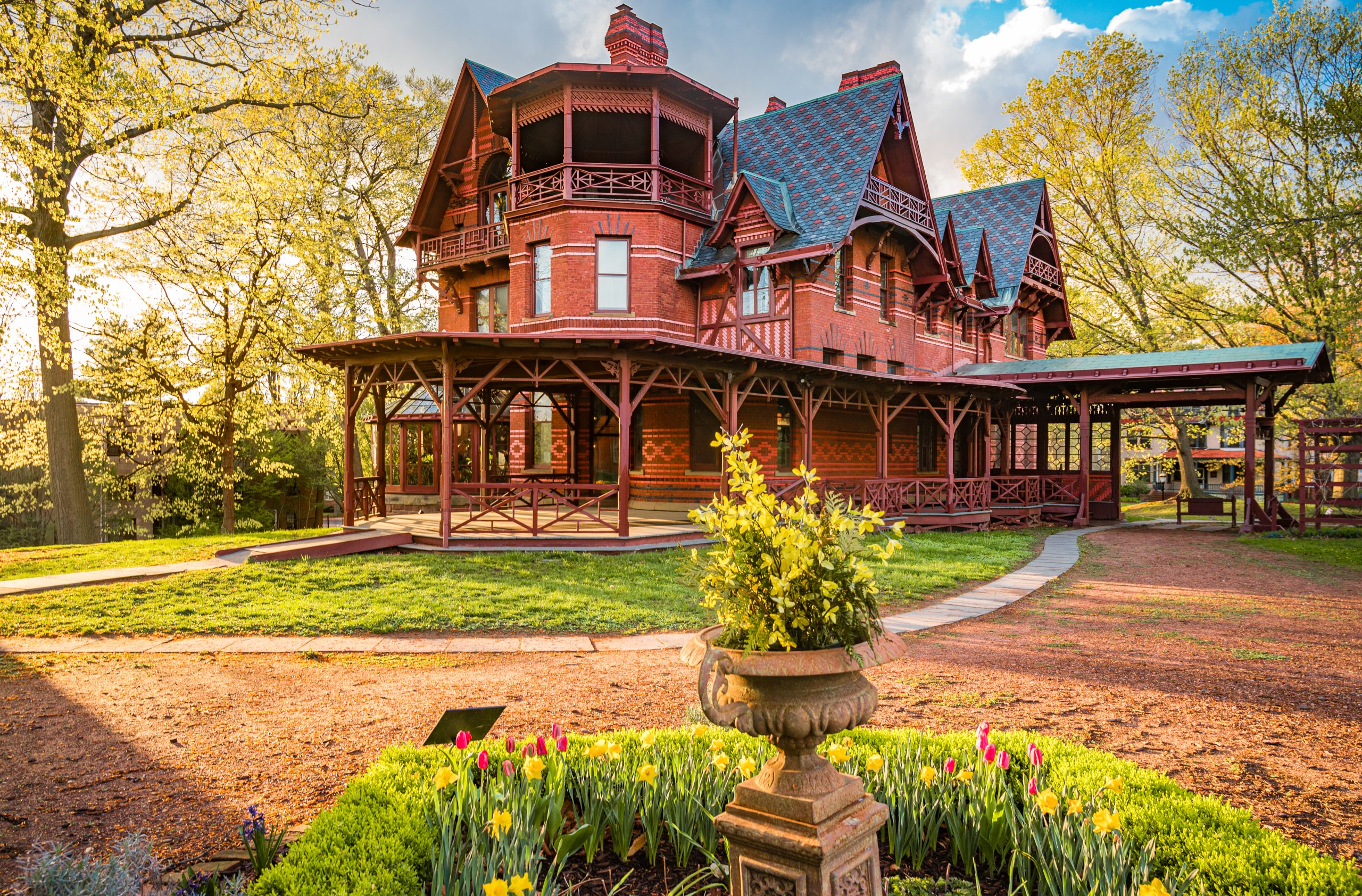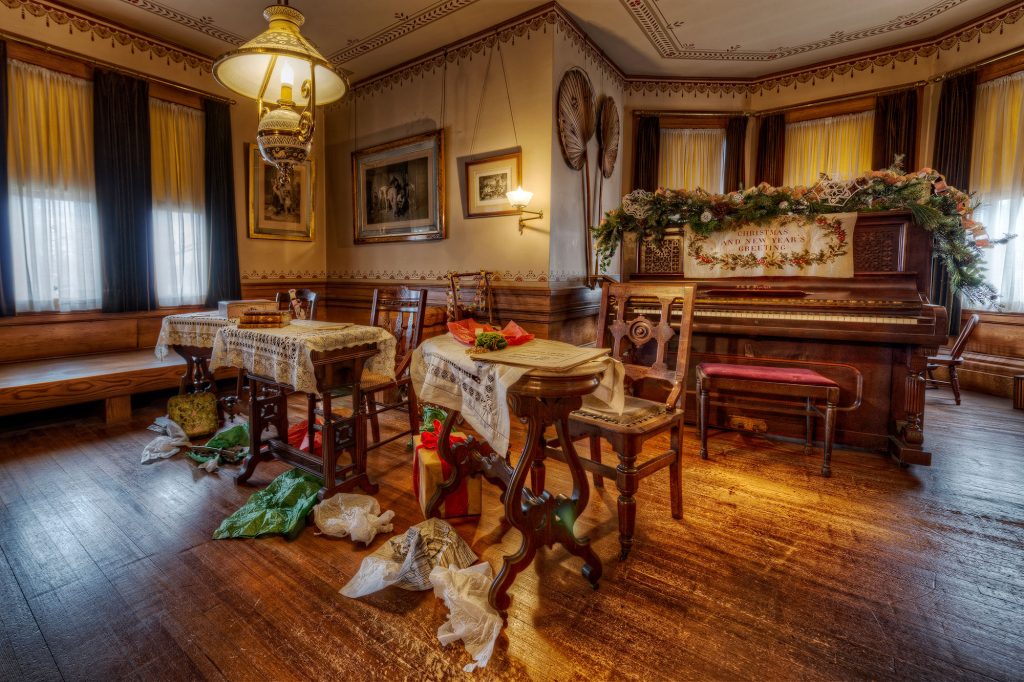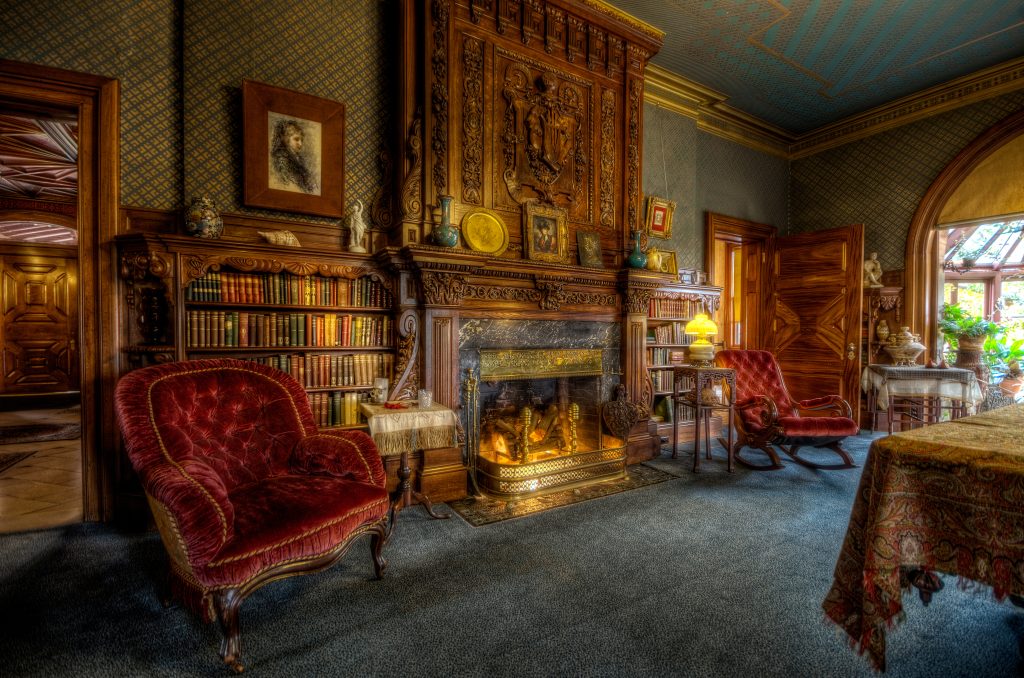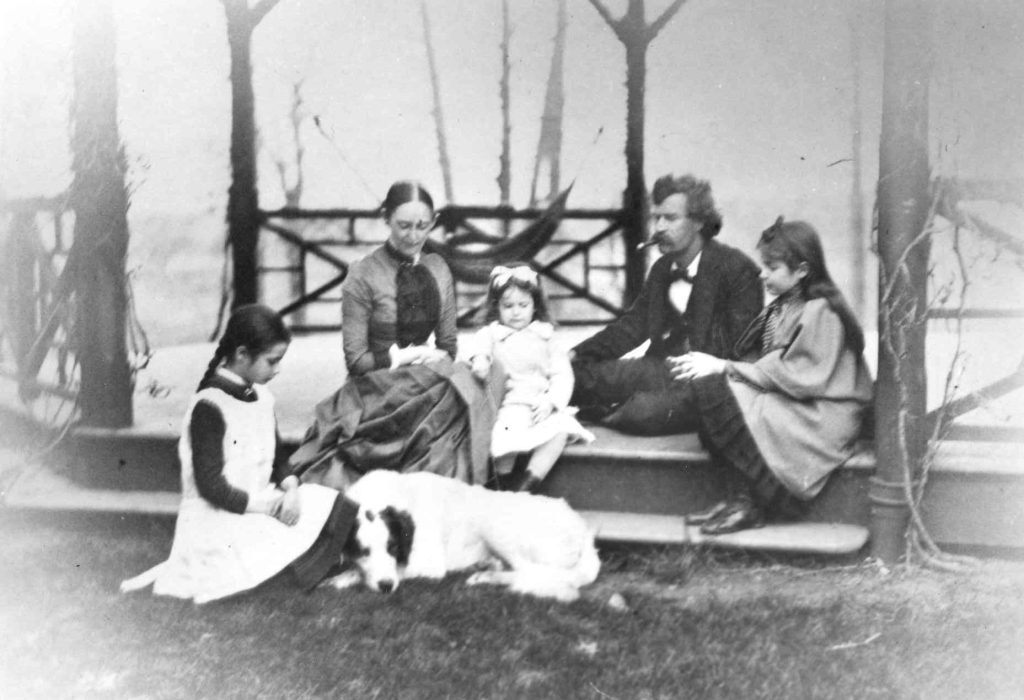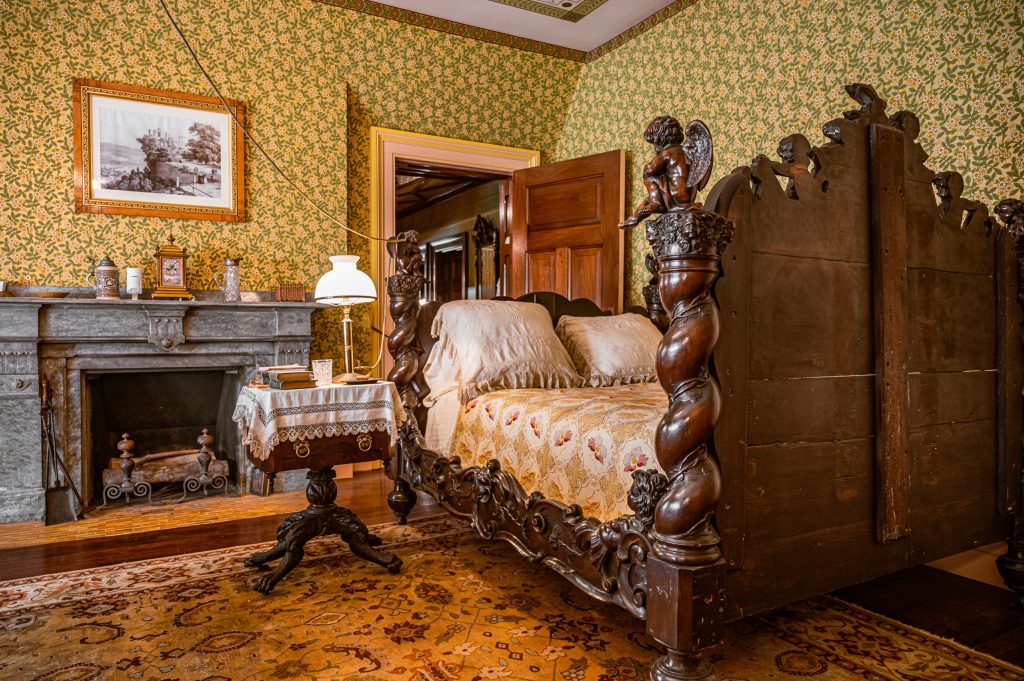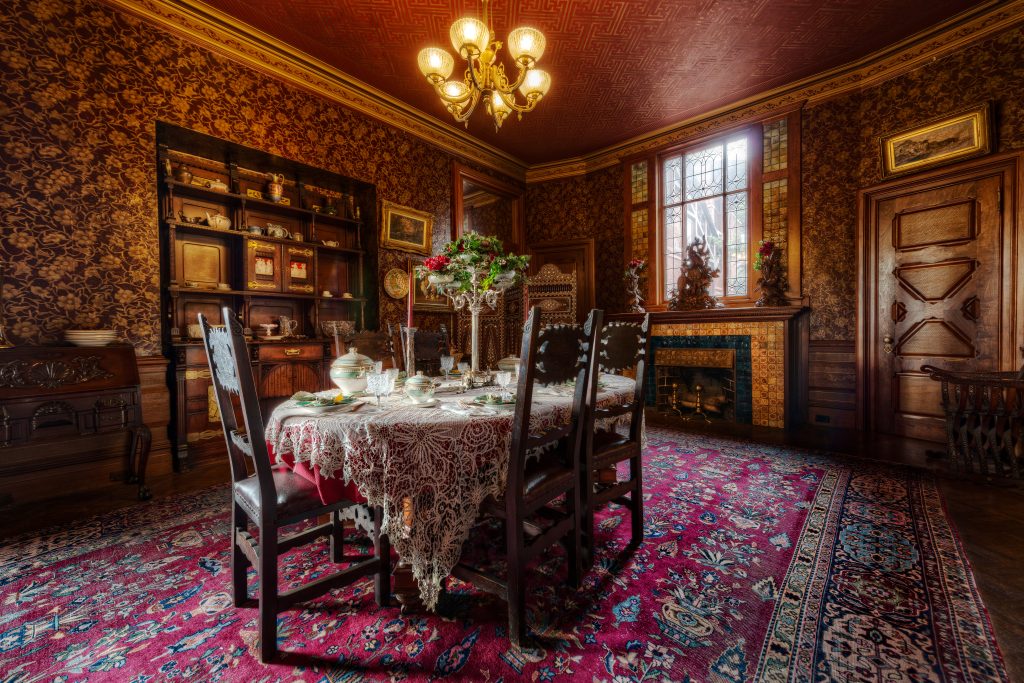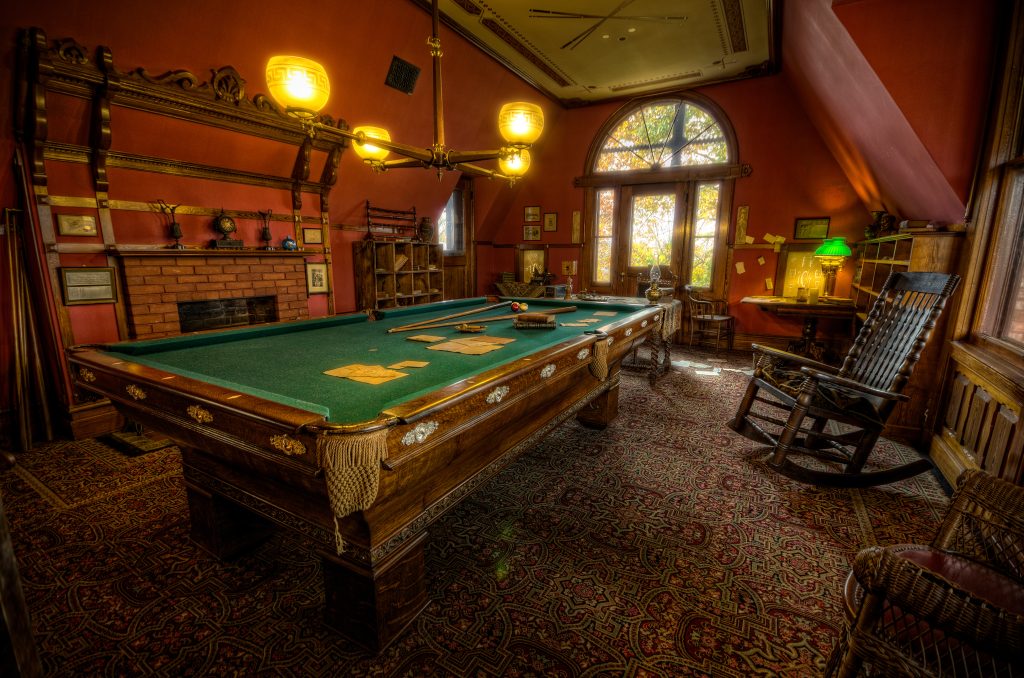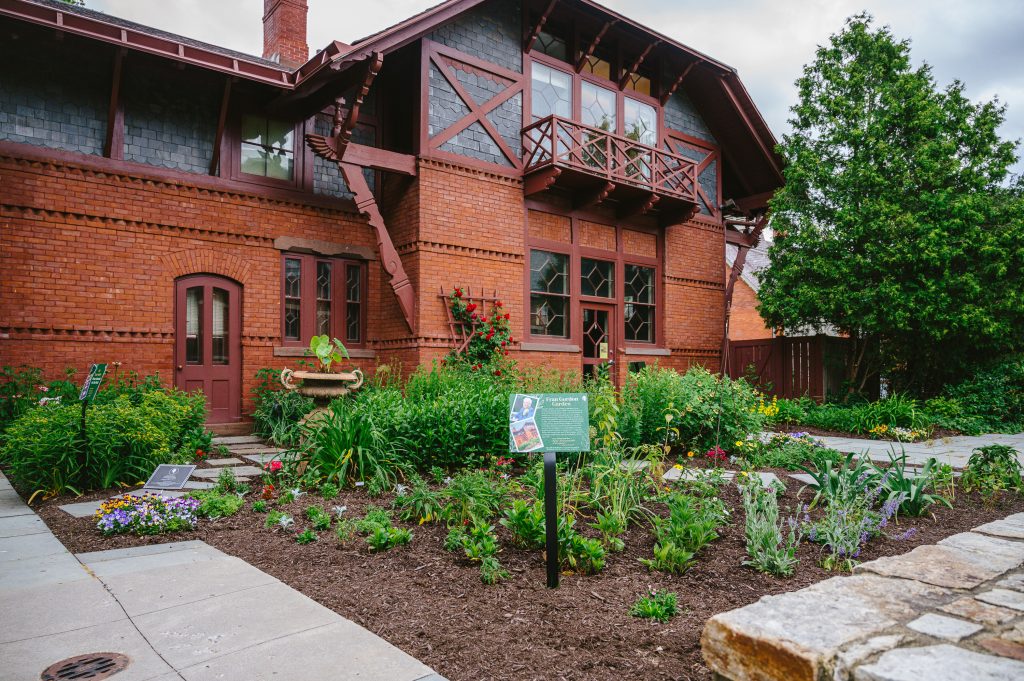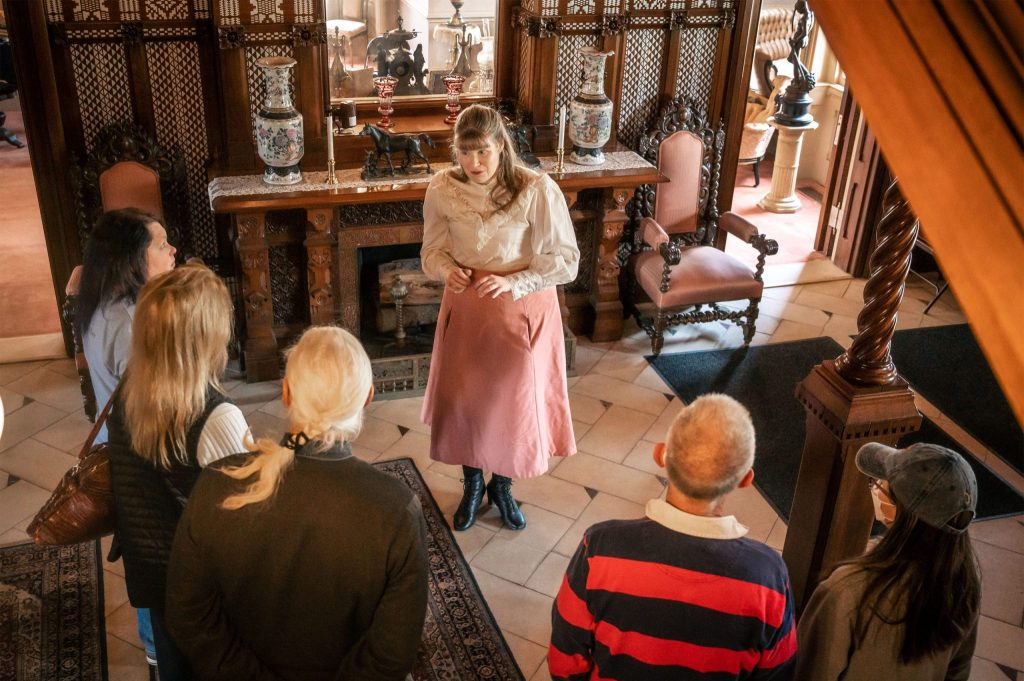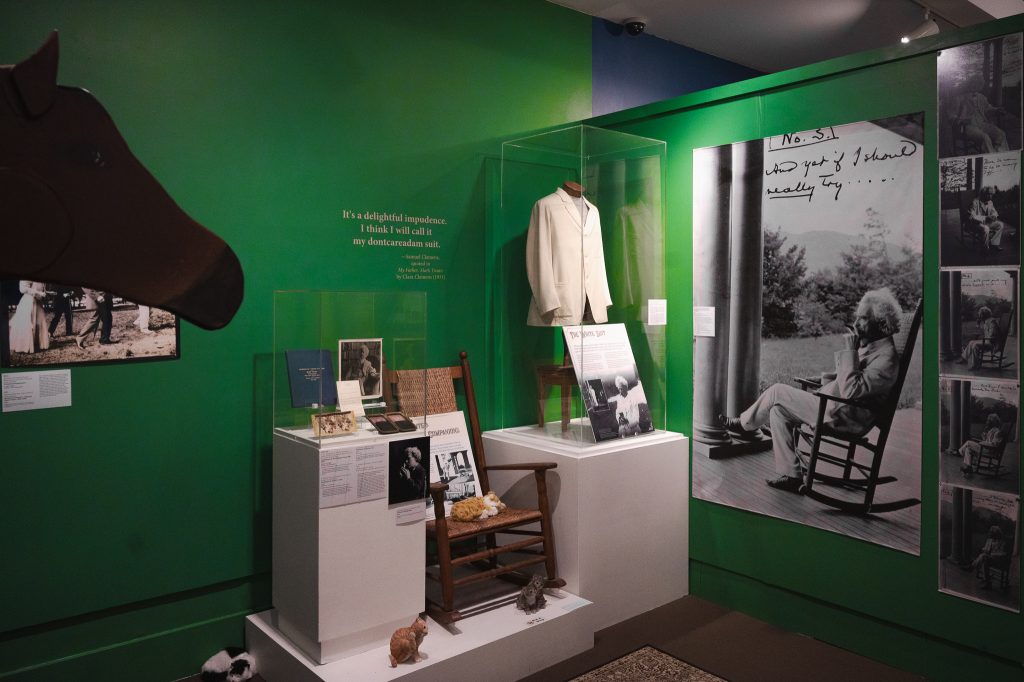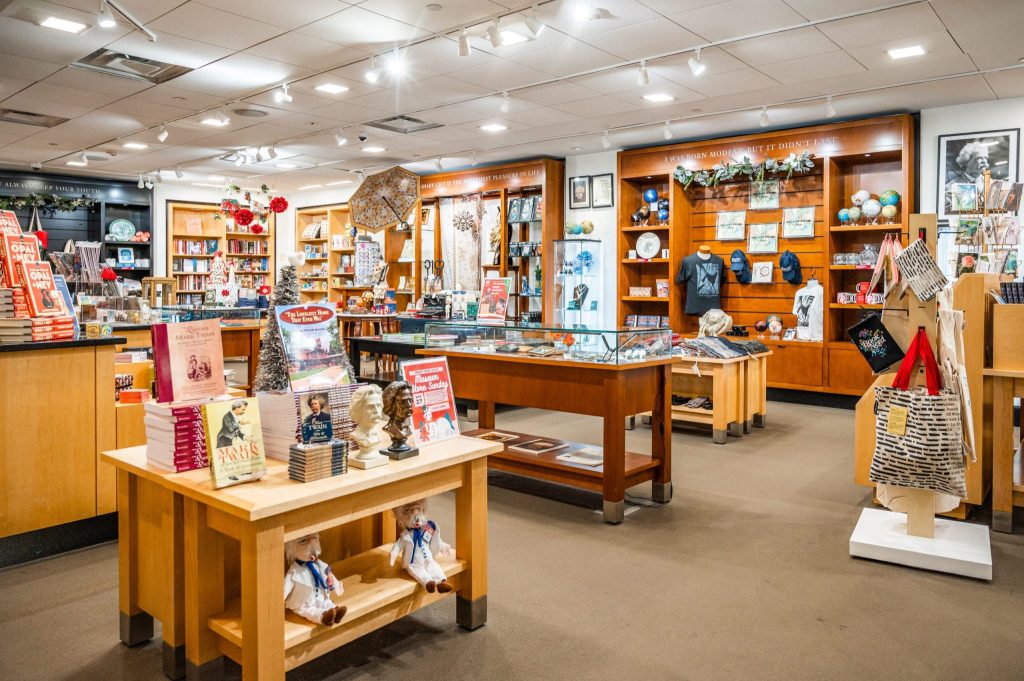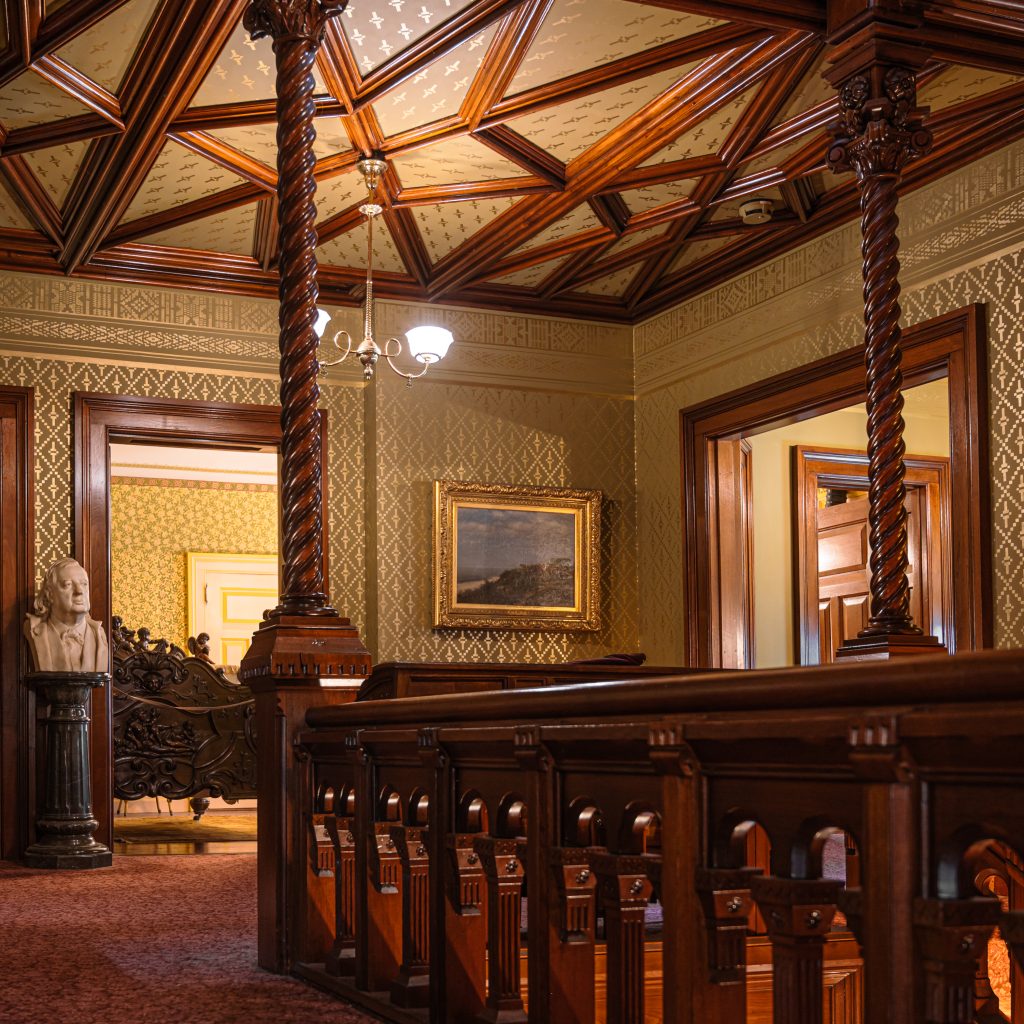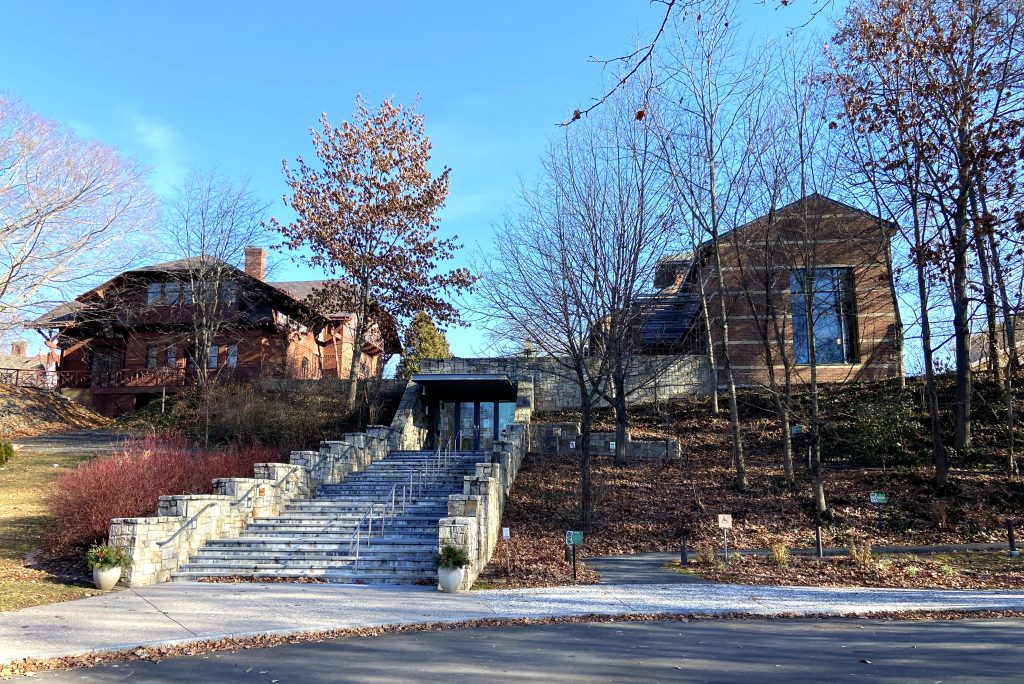Novelist, lecturer, humorist, entrepreneur, steamboat pilot, and more: Mark Twain was a true multi-hyphenate, but above all he is one of the greatest voices in American literature. At the Mark Twain House & Museum in Hartford, lively tours of the author’s glowingly restored Victorian home and extensive programming attract lovers of literature and a diverse public. In 2024, this Connecticut treasure where Twain lived and wrote from 1874 to 1891 celebrates 50 years as a house museum and 150 years since Twain and his family moved into their newly built home.
Starting in spring, the museum will introduce anniversary-related displays of artifacts, and a digital-only, interactive educational exhibition called “It Happened in Hartford: 150 Years of the Mark Twain House” (currently in development) will explore the house’s history during and after the Twain years, as well as Hartford. “Mark Twain’s voice still reaches young and old alike,” said Interim Executive Director Michael L. Campbell. “We will be celebrating his family’s house as well as his work and impact on the world. Twain’s enduring relevance is evident from the increasing visitors we see in Hartford and the interest in our programming.”
From Family Home to Museum: A Long Journey
Samuel L. Clemens (1835–1910), who wrote under the pen name Mark Twain, was a rising young writer when he and his wife, Olivia (Livy) Langdon Clemens, moved to Hartford from Buffalo in 1871. The wealthy city was a publishing center—Twain’s publisher was there—and the couple were attracted to the Nook Farm neighborhood, home to writers and activists. The growing family lived happily in the 25-room house for 17 years, beginning in 1874. Twain wrote some of his best-known works here, but financial reverses led the Clemens family to move abroad in 1891. When Susy, the oldest daughter, died in the house during a visit in 1896, the heartbroken family did not return to it, selling the property in 1903.
In 1929, a group led by Katharine Seymour Day, the grandniece of the Clemenses’ next-door neighbor Harriet Beecher Stowe, purchased the house to save it from being razed. For decades, the Hartford Public Library rented the first floor; other areas were rented as apartments. Restoration work began in 1963, and in 1974 the main rooms were opened as a nonprofit museum. In 2003, needing space for exhibits and programming, the museum opened the 35,000-square-foot museum center, designed by Robert A. M. Stern. Today, having managed the challenges of the pandemic, the Mark Twain House & Museum sees about 60,000 visitors a year, and continues to expand its outreach.
Visiting the House and Museum
With its steep roofs, patterned red brick exterior, and towering chimneys, the 11,500-square-foot, three-story Gothic Revival house was the epitome of style when Edward Tuckerman Potter designed it for the Clemens family. The lushly furnished interiors are seen on guided tours about an hour long, either a general house tour or one of the popular living history tours led by an actor in costume (the website has a free virtual tour). On any tour, the family’s daily routine and the Gilded Age era come to life through family anecdotes and stories of some of the furnishings. (Twain co-wrote, with Charles Dudley Warner, the 1873 satirical novel The Gilded Age, which gave the period its nickname.) Some furnishings belonged to the Clemens family; others are of the period but were not the family’s.
Twain, Livy, and their daughters Susy, Clara, and Jean loved the house; it had “a heart & a soul & eyes,” wrote Twain. As Twain’s success grew, he and Livy hired Associated Artists, a group with Louis Comfort Tiffany and three other designers, to decorate the house in 1881 in the Aesthetic movement style. The restored house reflects the movement’s eclectic look, especially the first-floor public rooms with design motifs from Morocco, India, China, and other countries. The third-floor billiard room, though, really evokes the author: Twain entertained friends and played billiards here. He also had his surprisingly small writing desk here, to escape the noise from his daughters’ schoolroom below. The writing Twain did in Hartford includes The Adventures of Tom Sawyer (1876), The Prince and the Pauper (1881), Life on the Mississippi (1883), Adventures of Huck Finn (1884), and A Connecticut Yankee in King Arthur’s Court (1889). Through these books, he captured and looked critically at America’s past and present in the sharply observed, often humorous style that made him a cultural and literary icon.
Besides the home, the site includes the carriage house (closed to the public) and the museum center. An entertaining special exhibition in the museum center, “For Business or Pleasure: Twain’s Summer Sojourns” (through December 2024) charts the country’s then-new concept of summer vacations. The peripatetic Clemens family traveled to Elmira, New York, to see Livy’s family but also explored the Adirondacks and other places. Twain was a pioneer of today’s “bleisure” trend, combining business (he wrote extensively in summer) with relaxation. One of Twain’s signature white jackets and his bicycle are on display. A permanent exhibition, “Mark Twain: I Have Sampled This Life,” presents an artifact- and information-packed timeline of Twain’s life and writing, along with brief discussions of societal issues he addressed, such as social inequality, racism, and imperialism. There’s even a Paige Compositor, the invention that Twain invested in heavily, leading to his bankruptcy. A 23-minute film by Ken Burns provides further context, and the museum’s bookstore is excellent. The Mark Twain House is also next to the Harriet Beecher Stowe Center; it’s easy to visit the two houses in a day.
Reaching Outward
At the museum, offering programming for different audiences is vital. “Our diverse in-person and online programming is pivotal to our mission to ensure that Mark Twain’s words are read by all and celebrated by all for as long as words matter. We know that we can help inspire new writers and share the stories of how Twain, his family, and his house impacted the literary world,” said Michael L. Campbell. Besides field trips for students and resources for teachers, the museum has programs for young people that include on-site and remote internships for students in high school through graduate school; the Nook Farm Writers Collective, a summer writing program for Connecticut teenagers; and the Hartford Creative Contest, co-sponsored by the museum, for Hartford students in grades 4 through 12.
The museum’s Mark Twain American Voice in Literature Award, presented annually since 2016, recognizes a fiction writer with a modern voice that defines the times as Twain’s unique voice helped define his era. The Trouble Begins is an in-person and virtual lecture series with scholars using elements from Twain’s world to explore current and historical issues. Both virtual and in-person, the museum’s signature, numerous author events feature conversations with writers of all kinds of fiction and nonfiction. The website and the museum’s YouTube channels for education and events give a taste of all the Mark Twain House & Museum offers.
Side Dish
The airy Nook Farm Café in the museum makes a pleasant, casual stop for coffee or lunch, serving a number of items from Connecticut companies. On the menu are sandwiches like one with turkey and cranberry chutney and salads such as Israeli couscous with vegetables. Visitors exploring other areas of Hartford, including the Wadsworth Atheneum Museum of Art, will find many other dining options.
Linda Cabasin is a travel editor and writer who covered the globe at Fodor’s before taking up the freelance life. She’s a contributing editor at Fathom. Follow Linda on Instagram at @lcabasin.
Featured Photo: The Mark Twain House glows on a spring day. Courtesy of the Mark Twain House & Museum, Hartford, CT. Photo by Alana Borges Gordon

